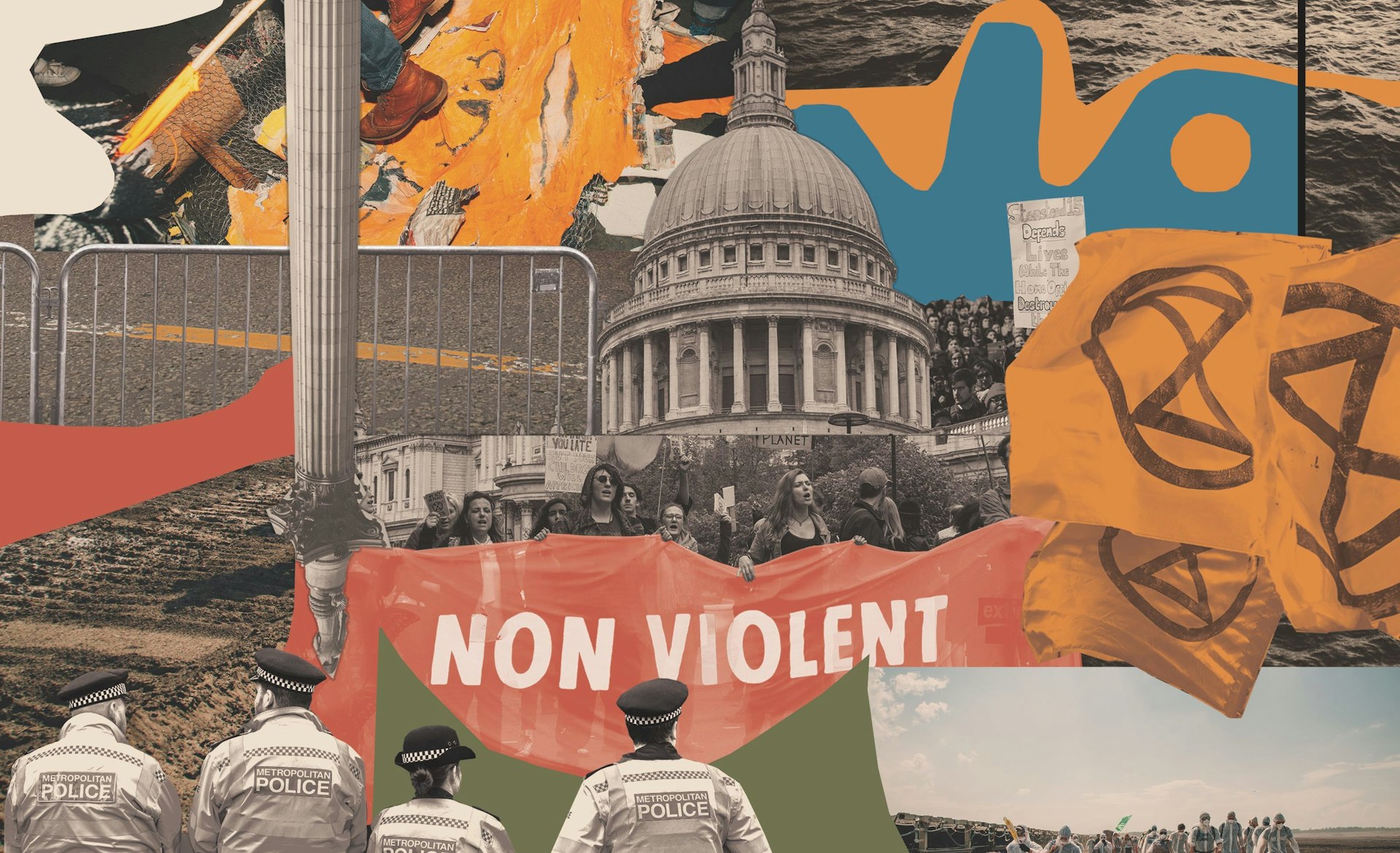
The joy of protest: how modern activists are beating burnout
- Text by Emily Reynolds
- Photography by Theo McInnes
- Illustrations by Simon Hayes
On a cloudy Saturday morning sometime in spring, a group of mentally ill people gathered in a dingy Central London room to talk about a new group that we hoped to set up. The meeting had all the hallmarks of a classic organising session: an agenda to work through, tasks to be assigned, ideas to be debated, reshaped and recast. But one thing on the to-do list was less quantifiable, less allocatable: joy.
It’s something often missing from activism: for all the victories clawed back from the uncaring face of the world and all the pleasure that can bring, the reality of activism can sometimes be less than joyful. Interpersonal struggles, concerns we’re not doing enough, burnout and stress – these all hamper a collective ability to make change. This was the question our group gathered to ponder: can activism be structured to incorporate a transformative joy – and if so, how?
We wanted successes of course – the pleasure of running an event or direct action, the knowledge that we’d reached people or made progress with a project. But we wanted to navigate the rest of it with the same vigour.
We didn’t just want to ‘win’ or reach a particular goal; we wanted to find pleasure and fulfilment, transformative experiences in and of themselves, in the very act of making a community. This is easier said than done – not least because of the issues that many activist groups are trying to address. Our concerns were both systemic and personal; the experience of surviving with mental illness.
For climate activists facing up the planet’s most alarming threats, that pressure is so urgent that it can feels existential. William Skeaping, 38, is a former brand manager turned environmental activist who, since giving up his day job as a creative strategist, has worked full-time for Extinction Rebellion. The group made international headlines when they shut down London traffic for 11 days in April. There’s a reason their occupation of Waterloo Bridge was colourful; Skeaping describes it as a “joyous occasion” filled with good food, a warm atmosphere and various cultural activities.
Extinction Rebellion believe that talking honestly about the climate – expressing the dark truths of environmental emergency – is impossible without also addressing the “underlying human feeling that sits within it”. For them, that means being just as clear about wellbeing and joy; their website even has a section devoted to it, sharing links to Google Docs full of wellbeing tips. William suggests that while the group has an obvious goal – tackling the climate emergency – it’s also about the process of activism; how we feel when we do it, particularly when faced with anxiety-inducing challenge of trying to save the world.
“We do need to remember the darkest reasons why we’re there and what an emergency is,” says William, who talks about climate change in the firm, confident tone of someone used to public speaking. “We’re not trying to make a festival, we’re trying to do a direct action. But at the same time, that action should be better and more positive than what was there before.”
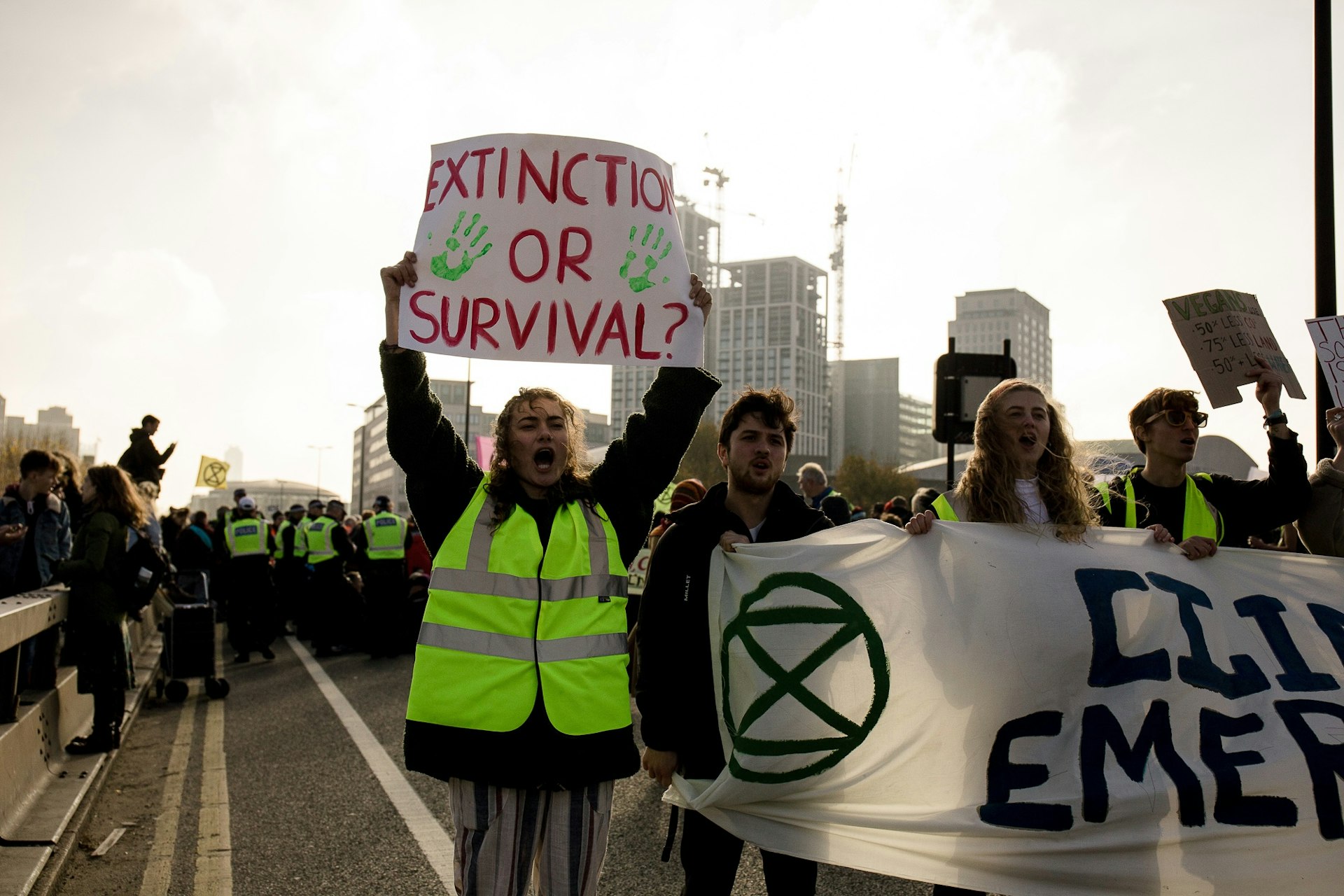 Extinction Rebellion has its detractors; not everyone agrees with their tactics even when they agree with its goals. When suggesting that protestors should attempt arrest en-masse, for example, some argued that it was a waste of time and resources that could be used more prudently elsewhere; others pointed to the privilege inherent in the act – there is a hugely disproportionate number of black and ethnic minority people currently serving sentences for minor offences. Suggestions such as ‘forest bathing’ – the act of literally ‘bathing’ in the presence of nature – or the visitation of organic farms may not be possible for those who have 24/7 caring responsibilities, a gruelling work schedule or are otherwise without the means to indulge.
Extinction Rebellion has its detractors; not everyone agrees with their tactics even when they agree with its goals. When suggesting that protestors should attempt arrest en-masse, for example, some argued that it was a waste of time and resources that could be used more prudently elsewhere; others pointed to the privilege inherent in the act – there is a hugely disproportionate number of black and ethnic minority people currently serving sentences for minor offences. Suggestions such as ‘forest bathing’ – the act of literally ‘bathing’ in the presence of nature – or the visitation of organic farms may not be possible for those who have 24/7 caring responsibilities, a gruelling work schedule or are otherwise without the means to indulge.
But the group’s attempt to build wellbeing into its movement from the bottom up is an undeniably interesting model. The focus on creating a better world – and trying to offer something different, perhaps a small glimpse into what that world might look like – could be an important tactic for other activist groups.
This idea is gaining traction elsewhere. Nick Montgomery and Carla Bergman, both in their thirties, started working together at the Purple Thistle, a non-profit community centre in Vancouver, several years ago. They both had years worth of activism behind them – and they slowly became aware of a range of similar experiences they’d had over the years. Carla recognised an upbeat energy that had begun to emerge in activism – the Arab Spring, Occupy, Land Defense, Black Lives Matter. “There was a proliferation of resistance that seemed to be rooted in joy,” she says. But there had been a rise in critique, too: rigidity, burnout, interpersonal disagreements. Joy had slipped off the radar.
The pair have now written a book, Joyful Militancy, which explores these issues through the prism of personal relationships. How we relate to one another, they argue, is key to unlocking a joyful experience. Carla, for instance, found that her arts work with young people proved vital to understanding transformative activism; she met figures committed to agitating and causing trouble – but committed to experiencing joy while they did so.
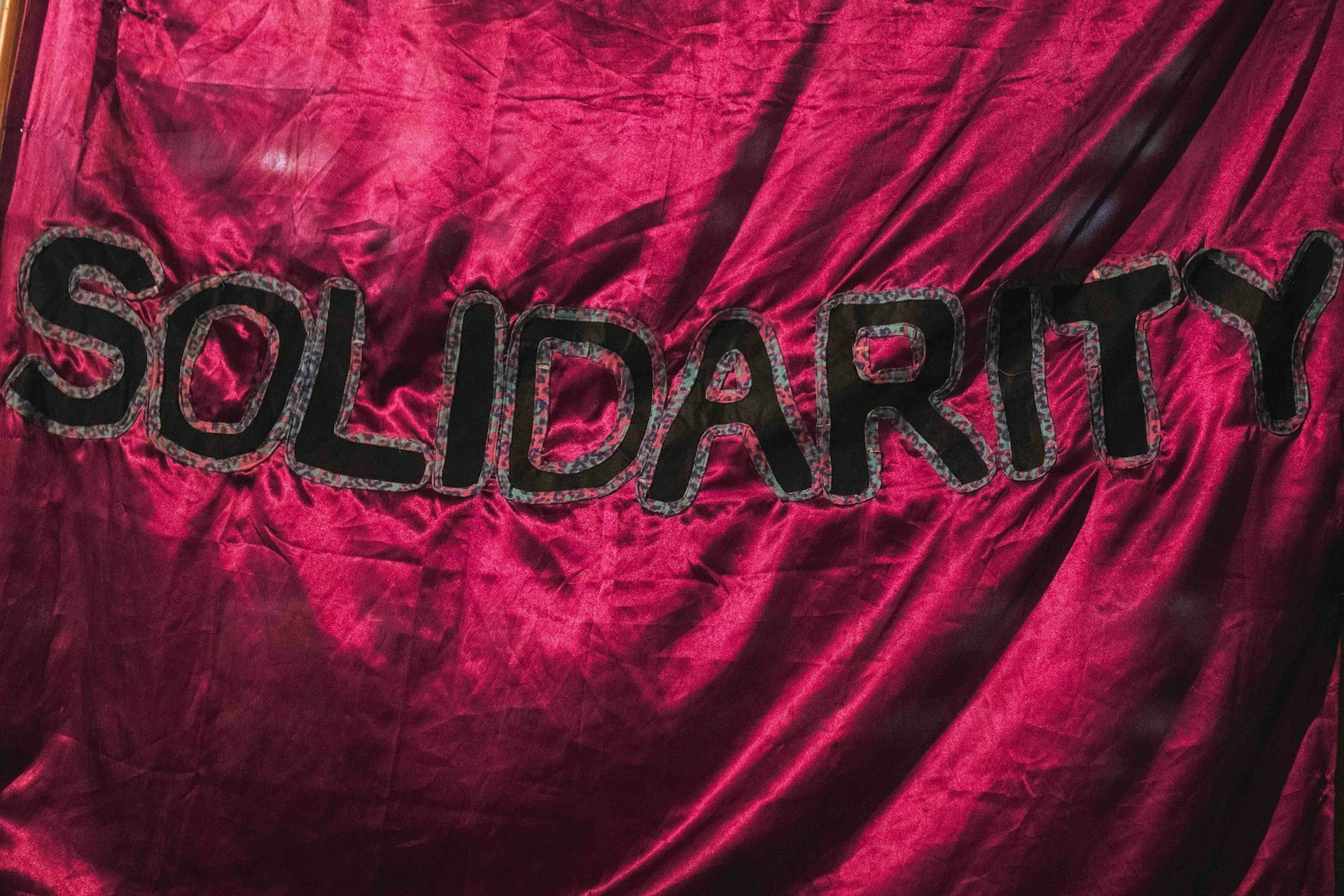
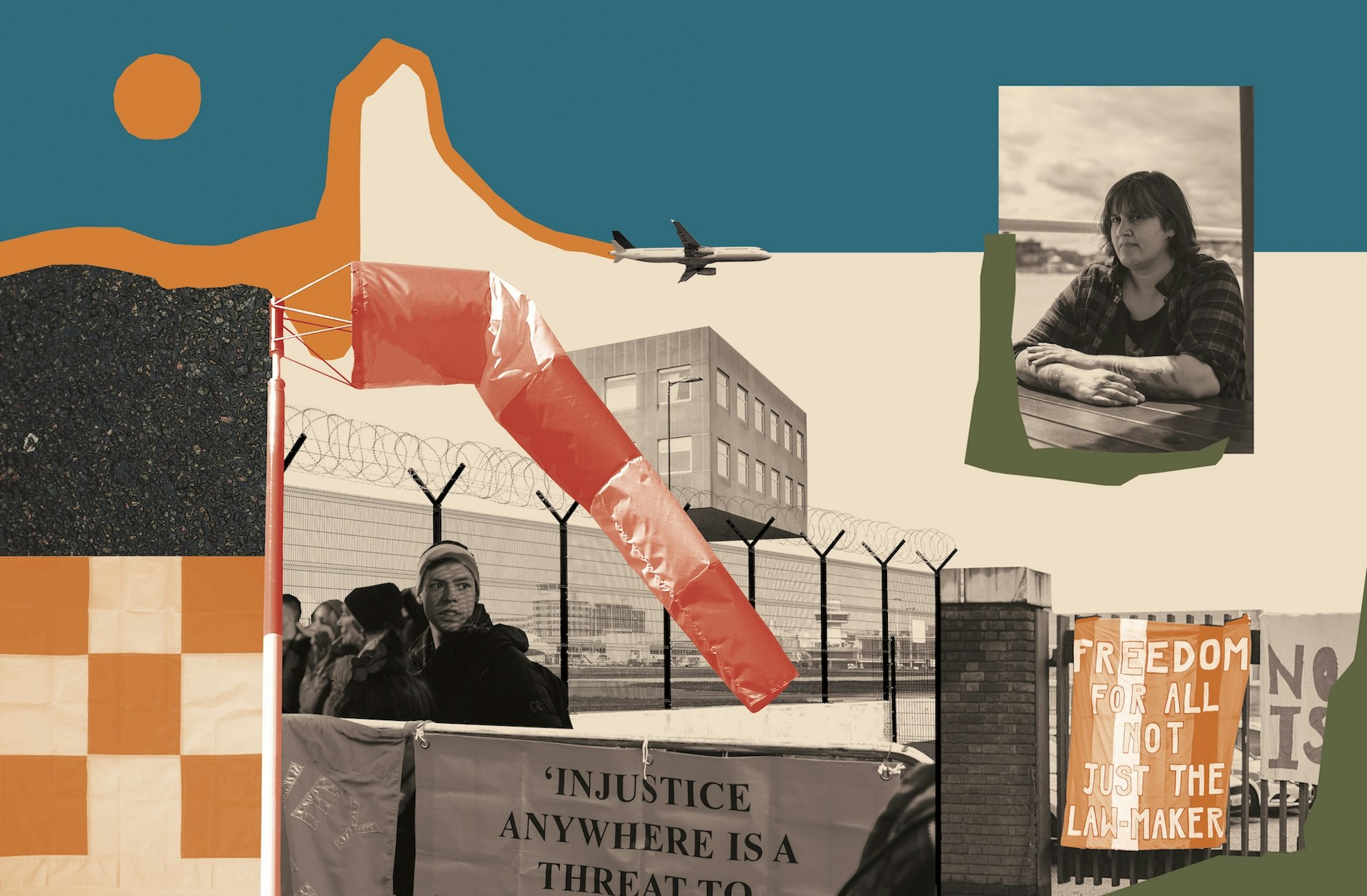
“One of the core things we talk about in the book is the importance of strong bonds – between friends, kin, land, and so on,” says Nick. “For centuries, capitalism and the state have been dismembering these connections, using strategies to destroy the communal bonds that made people dangerous.” He points to numerous (and disparate) examples: Facebook, schooling, even the North American witch trials. “What these systems have in common is that they cut us off from the subversive potential of relationships that help people thrive, but [which higher powers may view] as unprofitable and uncontrollable.”
While Nick and Carla focus on community, other activists have found ways to find pleasure and joy within themselves. Dolly Sen is a 48-year-old artist and mental health activist who lives in Great Yarmouth, Norfolk. Her art is colourful and subversive, her wicked sense of humour often surfacing with a bite.
Her first involvement with activism came in 2002, when she joined an arts organisation called Creative Roots; their tagline at the time was “mad art for the mad”. Art had a specific appeal for Dolly, allowing her not only to express herself but to make psychiatry look stupid; she describes herself as wanting to make it look like “the madder entity in the equation”. “I’m laughing my head off when I’m creating the work,” she says. “It does create joy. You’ve felt crushed; now you’re doing something that’s the opposite of that.”
One project saw her fundraise with a coin-box decorated with a ‘Help the Normals’ sticker; another was a satirical TripAdvisor review of the Maudsley Hospital, where she’d had a “horrible, brutalising” inpatient stay. “I knew from previous experience that making a complaint would go nowhere,” she says. “I knew they would say, ‘You’re seeing things, you’re hearing things, it didn’t happen because you’re mad.’ And I knew that if I stood outside with a placard, people would think I was just another loony causing trouble.”
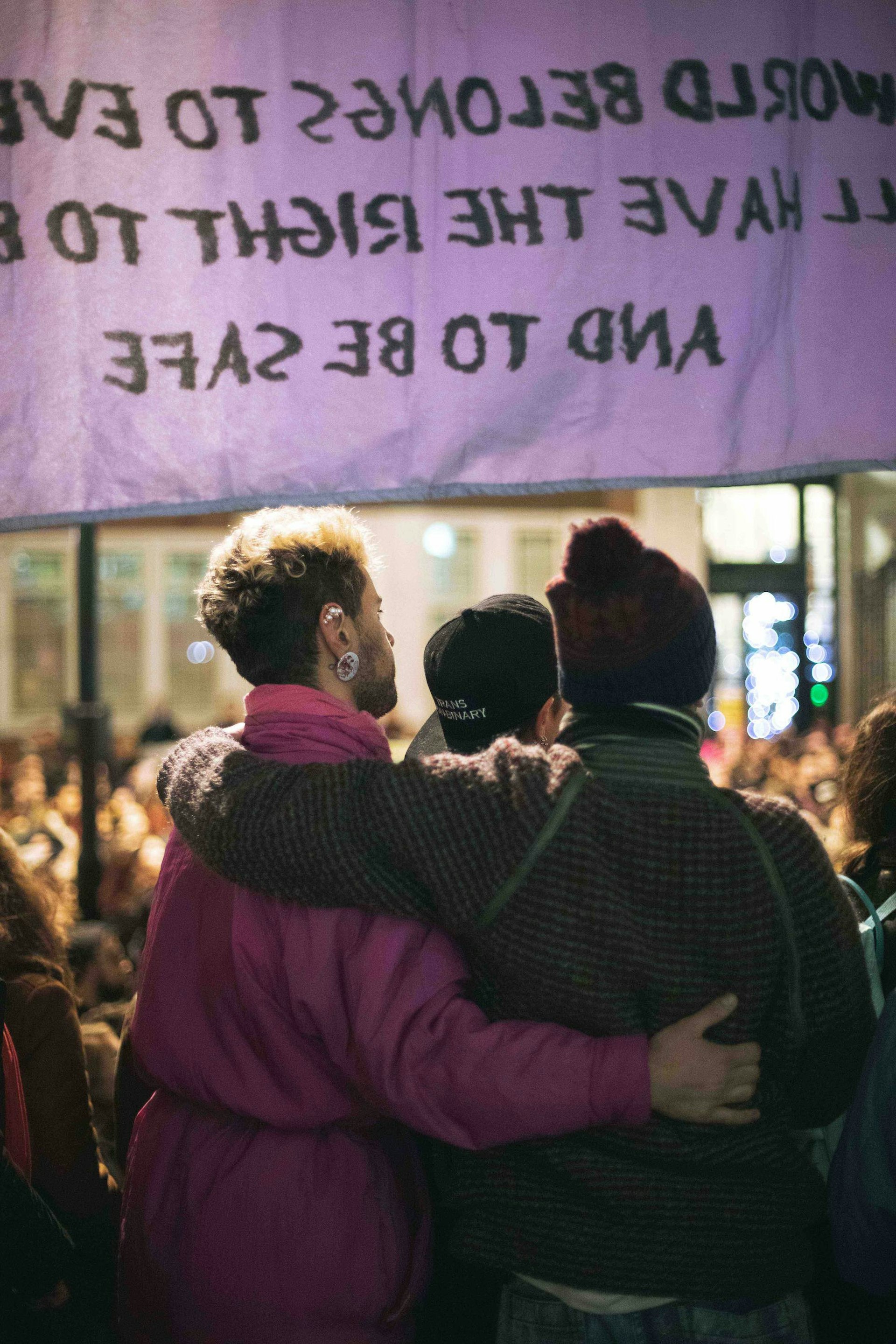 Using humour ‘transformed’ Dolly’s experience, making it not only more accessible to a general audience who might not know about mental illness or institutionalisation, but also helped her regain a feeling of autonomy stolen by a powerful psychiatric institution. “Laughter is not only a way to protest but a way to reclaim our identity from people who have no right to have it. It’s our reclamation of ourselves.”
Using humour ‘transformed’ Dolly’s experience, making it not only more accessible to a general audience who might not know about mental illness or institutionalisation, but also helped her regain a feeling of autonomy stolen by a powerful psychiatric institution. “Laughter is not only a way to protest but a way to reclaim our identity from people who have no right to have it. It’s our reclamation of ourselves.”
Ben Smoke, another veteran activist, has a similarly dark and absurd sense of humour – talking to him involves being on the receiving end of round after round of biting, caustic jokes. In 2015, at the height of the crisis in the Mediterranean, he and a group of friends set up Lesbians and Gays Support the Migrants (LGSM). The group put on demos and events, participated in direct actions; they glitter bombed buildings, held a blood-letting demo where their blood drained into a pool. But as they agitated more and more, it became obvious that nothing was changing.
“People were still being deported illegally, dangerously, wantonly,” Ben says. “It got to a point where we knew we had the right information, we knew that people were going to be deported on a particular fight, we knew we had the means to act… so we had no other option.”
 What Ben is referring to is a now-infamous direct action: he and 14 other activists ripped a hole through a barbed wire fence at Stansted Airport and chained themselves to a Boeing 767 due to deport 60 migrants to Ghana, Nigeria and Sierra Leone. After a long and well-documented trial, the group was convicted of terrorism offences: a crime that potentially carries a life sentence. [A judge decided not to imprison the activists after he accepted they were motivated by “genuine reasons”.] Ben describes the trial as an “ordeal”; none of the group were expecting it to last two years, nor to be threatened with life imprisonment. But a belief in the personally transformative power of activism prevailed. Activism is something you feel, Ben says; something that “even when it’s not going well makes you believe you’re still devoting yourself to something that brings you joy.”
What Ben is referring to is a now-infamous direct action: he and 14 other activists ripped a hole through a barbed wire fence at Stansted Airport and chained themselves to a Boeing 767 due to deport 60 migrants to Ghana, Nigeria and Sierra Leone. After a long and well-documented trial, the group was convicted of terrorism offences: a crime that potentially carries a life sentence. [A judge decided not to imprison the activists after he accepted they were motivated by “genuine reasons”.] Ben describes the trial as an “ordeal”; none of the group were expecting it to last two years, nor to be threatened with life imprisonment. But a belief in the personally transformative power of activism prevailed. Activism is something you feel, Ben says; something that “even when it’s not going well makes you believe you’re still devoting yourself to something that brings you joy.”
Ben also runs a club night, Shit Hot Shit Pop – and though dancing in a bar can’t quite be compared to chaining yourself to a plane in terms of direct action, it still has its place, not least when it comes to the fundraising.“A lot of queerness is about being out and together and in that scene,” he says. “So it’s important for us to use that – to say, ‘Let’s have a party, let’s get together, let’s laugh and be silly and watch an incredible performance and be inebriated if that’s what you want.’ But while doing it, let’s remember that there are other things that are also important. We can do those things at the same time!”
Activism doesn’t have to be a “no fun, holier-than-thou thing where you’re continuously holding the weight of the world on your shoulders,” he argues. “That’s obviously bollocks. It’s reductionist and stupid and doesn’t help anybody.”
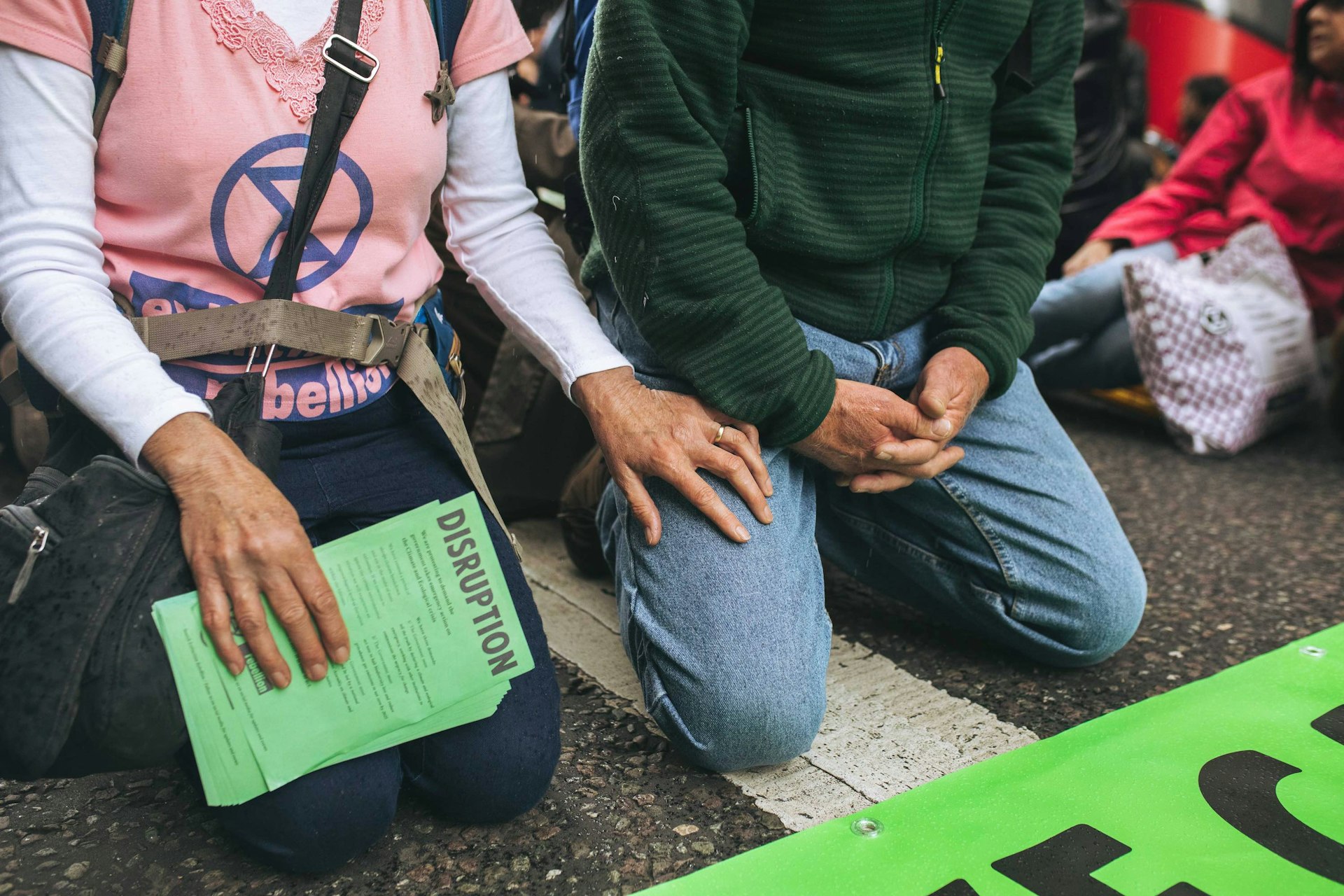 So how do we make activism more joyful? It starts with finding a niche and making yourself comfortable. Experienced campaigners see activism as a toolkit of which direct action is one part.
So how do we make activism more joyful? It starts with finding a niche and making yourself comfortable. Experienced campaigners see activism as a toolkit of which direct action is one part.
If you find the idea of meetings uncomfortable, for example, there are other ways to contribute. It could be volunteering, creating art or listening to those in detention. But the most important step, Ben argues, is to reframe the bigger picture.
“There are so few wins – you’re fighting against a system that feels like it’s built to resist change,” he says. “If your only joy in activism is to win, you’re setting yourself up for a very unhappy and frustrating life.” The whole point of Stansted 15, Ben goes on, was coming together to make a concerted effort.
“You cannot but try. And if you can’t find joy in the trying, you won’t find joy in standing up for what is right and what should be happening… You’ll end up burned out.
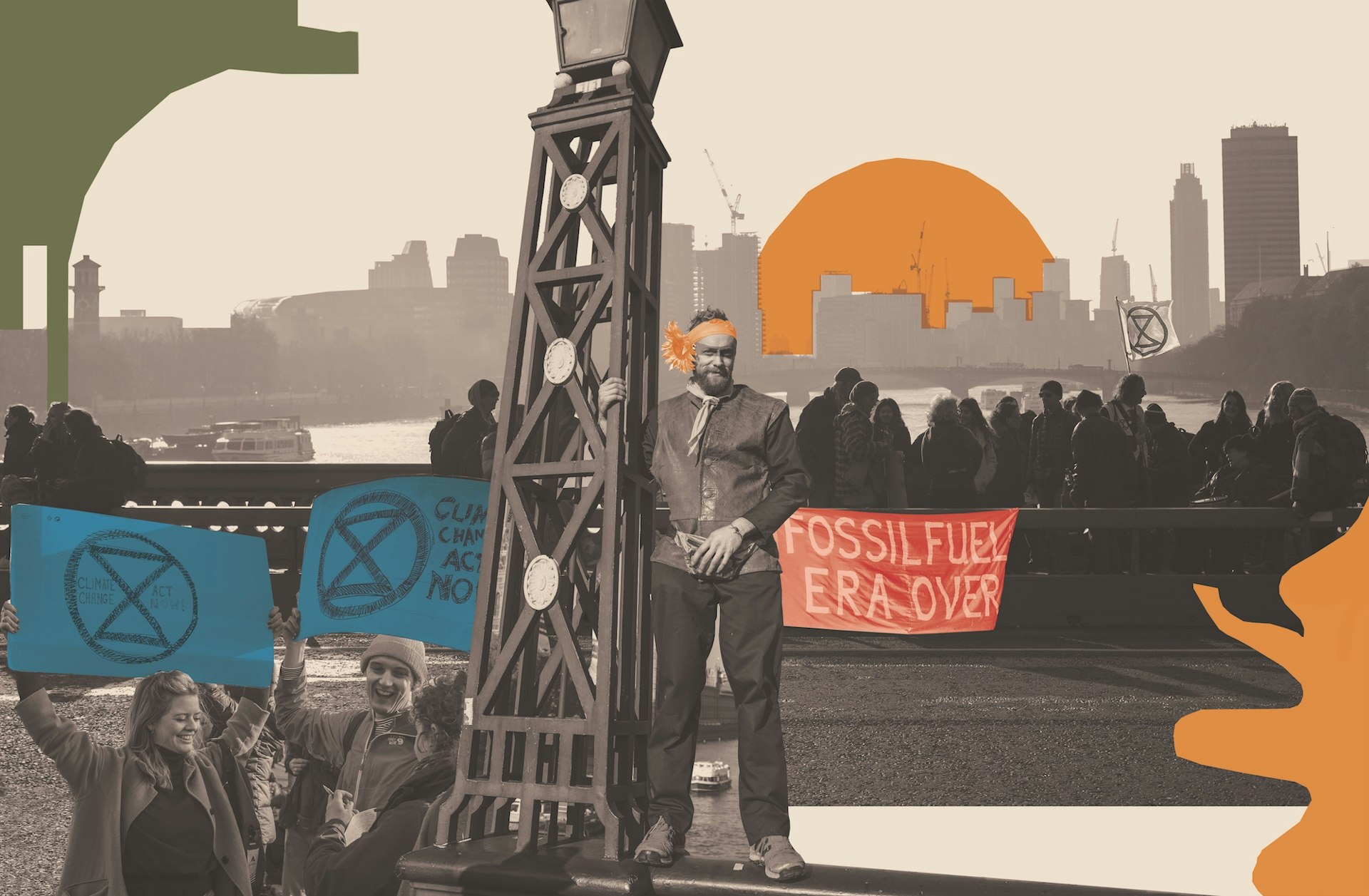
“From our perspective, there was so much upset and anger and frustration and loss and not knowing what we were going to do. But there were moments in it that were just fucking beautiful.”
Since that first meet-up on a cloudy day in spring, my own group has expanded and grown; we’ve argued and made up, dealt with many of the more tedious facets fundamental to the running of a circle of activists who also have full-time jobs or responsibilities.
But despite these small gripes, the experience has been uplifting. We know we’re not going to swoop in and cause the massive, wide-scale systemic change we want and need immediately; we know that much of what we do will be productive on a local or even personal level. But to try can be joyful too. And if we can say nothing else we can say that. We can say we tried.
This article appears in Huck: The Burnout Issue. Get a copy in the Huck shop or subscribe to make sure you never miss another issue.
Follow Emily Reynolds on Twitter.
Enjoyed this article? Like Huck on Facebook or follow us on Twitter.
